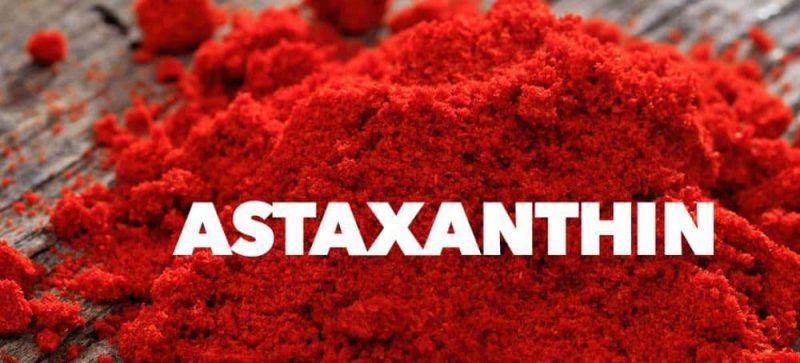
Astaxanthin Supplement Buying Guide
Choosing the right astaxanthin supplement is a relatively simple process compared to most other supplements out there. The current variation in the New Zealand and global market is minimal.
Place of origin
Pretty much all consumer supplemented Astaxanthin is derived from the same strain of algae, haematococcus pluvialis, however where they differ is in the growing conditions and where in the world it’s grown. There are about 10 major manufacturers of astaxanthin around the world that grow in 3 different ways, outdoors in ponds, outdoors in tubes and indoors in tubes. Effectively all producing a very similar product.

Form
The majority of Astaxanthin you’ll find will be in small, easy to swallow softgel capsules. When astaxanthin is extracted, it comes out as an oily resin which is adequately contained in a softgel. As astaxanthin binds to fat for absorption, make sure the astaxanthin you’re buying contains some kind of carrier oil such as olive oil or coconut oil.
With the growing body of research behind astaxanthin’s benefit for skin health, you may find it in skin care products where it can be directly applied to target areas.

Dosage
Unlike other supplements like magnesium for example, the dosage readings of astaxanthin a pretty standard and easy to understand. Most labels will show between 4-12mg of Astaxanthin per softgel. Astaxanthin potency shouldn’t vary much, all coming from the same strain of algae. Where some products do separate themselves from the rest is in their dosages per softgel and price.
Natural vs Synthetic
The chances of you finding synthetic astaxanthin in a health store are extremely low. However because synthetic astaxanthin does exist, we thought we better mention it. It is nowhere near as potent as natural astaxanthin and is primarily used in animal feed. This form is untested in humans and should be avoided.
Summary
- Uniform Source: Most consumer astaxanthin supplements are derived from the same strain of algae, Haematococcus pluvialis.
- Growing Conditions: The main difference between various astaxanthin products lies in the growing conditions and where the algae are grown.
- Major Manufacturers: There are about 10 major astaxanthin manufacturers worldwide, producing a similar product.
- Production Methods: Astaxanthin is grown in three different ways: outdoors in ponds, outdoors in tubes, and indoors in tubes.
- Softgel Capsules: The majority of astaxanthin supplements are available in small, easy-to-swallow softgel capsules.
- Carrier Oil: Astaxanthin binds to fat for absorption, so it is important to choose a supplement containing a carrier oil such as olive oil or coconut oil.
- Skin Health: Astaxanthin's benefits for skin health have led to its inclusion in skincare products for direct application to target areas.
- Standardized Dosage: The dosage of astaxanthin in supplements is usually standardized, with most labels showing between 4-12mg per softgel.
- Natural vs Synthetic: Natural astaxanthin is more potent than synthetic astaxanthin, which is primarily used in animal feed and untested in humans.
- Minimal Variation: There is minimal variation in the New Zealand and global market for astaxanthin supplements, making it relatively easy to choose the right one.








